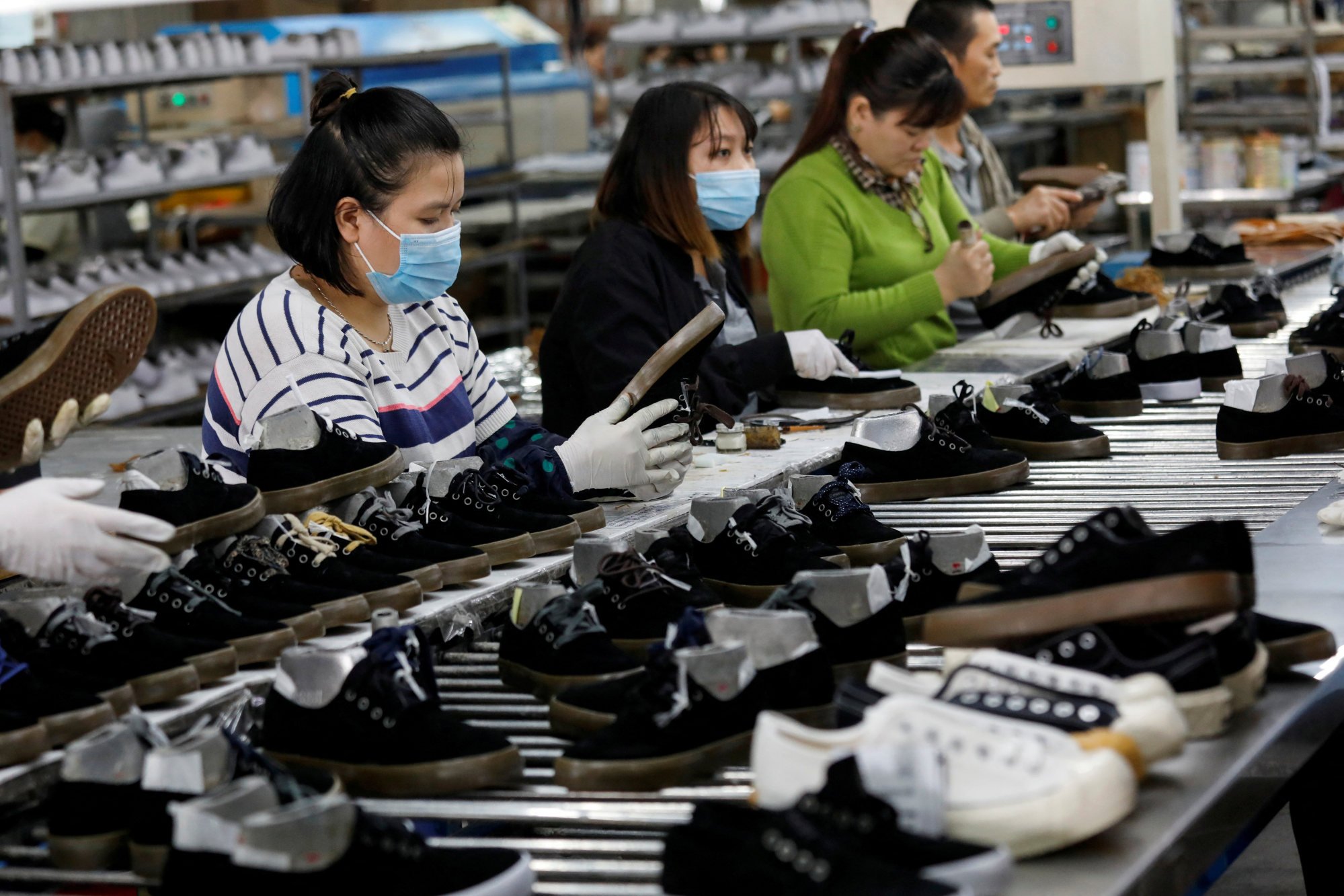How Europe can be Southeast Asia’s hedge against US-China trade war
The region’s best bet might be to take its own side and develop greater trade and diplomatic relations with Europe

Southeast Asia finds itself stuck again between the world’s trade heavyweights – the United States and China. The region’s countries cannot economically afford to side with one over the other even as tariffs, sanctions and the spectre of conflict begin to affect their economies.
Enter Europe, which has not been especially active in improving trading relations with the region. Reversing years of stalled efforts at Europe-Southeast Asia economic partnerships is among the shrinking number of options available to buffer both regional economies from the effects of a spreading trade war.
A more economically integrated European Union and Southeast Asia could eventually rival trade levels seen on either side of the Pacific. However, that is only if officials can overcome the entrenched regional interests that currently thwart international cooperation.
At the recent Shangri-La Dialogue, French President Emmanuel Macron called for Europe and Asia to not only strengthen security ties, but also to work on de-risking supply chains and negotiating more free trade agreements. But the road from rhetoric to practical application is fraught with obstacles.
So far there has been little to show for region-to-region efforts. Talks between the EU and Association of Southeast Asian Nations (Asean) for a trade and investment agreement were put on hold in 2009. Bilateral deals followed, with negotiations concluded between the EU and Singapore in 2014 and with Vietnam in 2015.
The timing for renewing efforts could not be better. The Trump administration is dismantling the rules-based international trading system. Even if US federal court rulings put up roadblocks, US President Donald Trump’s push for tariffs is likely to persist. There are other legal means to keep up the pressure, with more trade impediments likely later this year.
The US economy is also under increasing strain. The Organisation for Economic Cooperation and Development has lowered its 2025 economic growth forecast for the US to 1.6 per cent, down from 2.2 per cent and with no expectation for improvement next year. As prices rise from tariffs and the economy slows, demand for foreign goods could plummet.
China is Southeast Asia’s primary trading partner, but it is not in great shape either and won’t be able to pick up the slack for reduced Southeast Asian exports to the US. Beijing faces sluggish consumer demand and rising debt loads, and tends to export its excess capacity. Low-cost Chinese-made goods flooding markets across Asia are unlikely to be well received.
A double downturn with weakening US demand and rising China trade frictions creates a rare opportunity for Southeast Asia to increase trade relations with the 27 EU countries and their US$18.6 trillion economy. Bilateral deals rather than wide-ranging, lengthy negotiations are the fastest way to achieve this.
Targeting specific pain points for European manufacturers as their exports to the US and China wane could provide some easy wins. These are unlikely to replace complicated supply chains in the immediate term. Pharmaceuticals and advanced electronics require an intense number of inputs and specialised equipment, but there is plenty of room for short-term gains.

Vietnam has seen what a favourable investment and manufacturing climate can do for its economy. Trained workforces have also been developed fairly rapidly. Port infrastructure continues to improve. Singapore’s integration with Johor in Malaysia shows how development zones can spur investment.
Political will is the most significant roadblock to quicker integration. Protectionist impulses in some European countries, including agricultural interests in France and changing political dynamics in Germany, have made long-term planning and short-term deal-making increasingly difficult.
Southeast Asia also has its own complicated regional dynamics. There are persistent tensions between Thailand and Myanmar, as well as overlapping production capabilities in Malaysia, the Philippines and Indonesia.
However, the prospect of a global recession could be the biggest impetus to overcoming historical inertia. After all, the worst of US tariffs have yet to hit. As domestic economic conditions worsen, politicians will be challenged to reconsider positions that thwarted greater integration in the past.
Deepening ties beyond Europe also remains an option. Fast-developing countries in the Middle East and Africa as well as India, which has the potential to become a major driver of growth within the next decade, offer potentially strong demand for Southeast Asian goods. They lack the sheer size of the EU, US or China, but diversification is the key to sustaining opportunities for growth in a deteriorating international trading environment.
Low-cost, less-skilled labour focused on US and Chinese markets can also only remain a national competitive advantage for so long. Without a concerted effort to build better connections to Europe, much of Southeast Asia will remain mired in a developing role.
The region on its own lacks enough economic heft to insulate itself from what happens in Washington and Beijing despite years of increasing intraregional trade. Rather than being excessively influenced by great power competition, Southeast Asian nations have a rare opportunity to deepen their economic ties to a third hub of potential economic growth.
While unusual, possible trade disruptions can also be a spark for renewed liberalisation, especially as the US continues to turn its back on the very global trade institutions it helped create. Europe could turn out to be a far more influential partner for Southeast Asia than it has been recently, especially within the current free trade power vacuum. For that to happen, Southeast Asian nations would need to make trade negotiations a near-term priority.
Hedging between Washington and Beijing will continue to be a concern as economic conditions deteriorate. The best side for Asean to take might be its own by developing stronger ties to Europe.